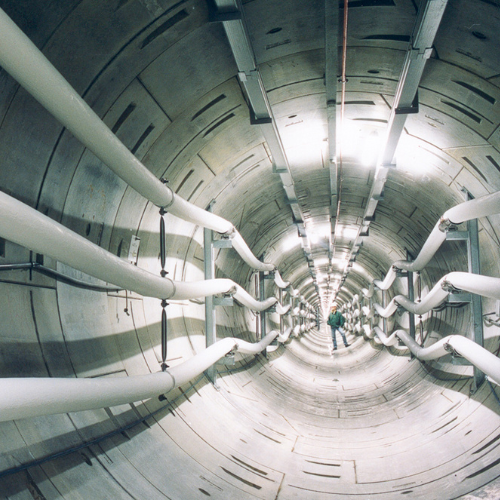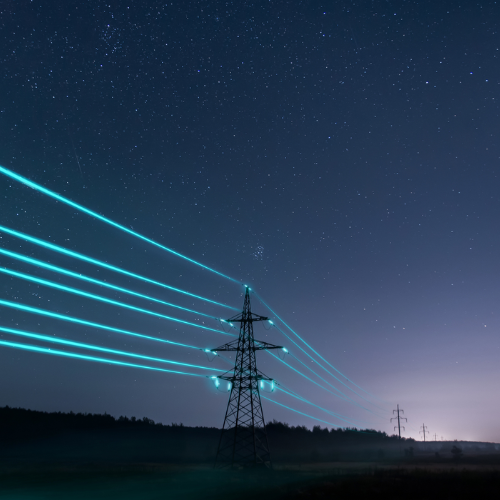Our cable solutions are the backbone of the advanced power grids necessary to achieve the energy transition.
Prysmian power grids help grid operators and utilities, industrial companies, and installers transmit and distribute the energy that powers every aspect of our world.
We are unmatched in our overall manufacturing and installation capabilities, and have an unwavering commitment to R&D.
We design, produce and install High, Medium and Low Voltage underground cable systems, providing network components, value added engineering as well as asset monitoring solutions and services.








